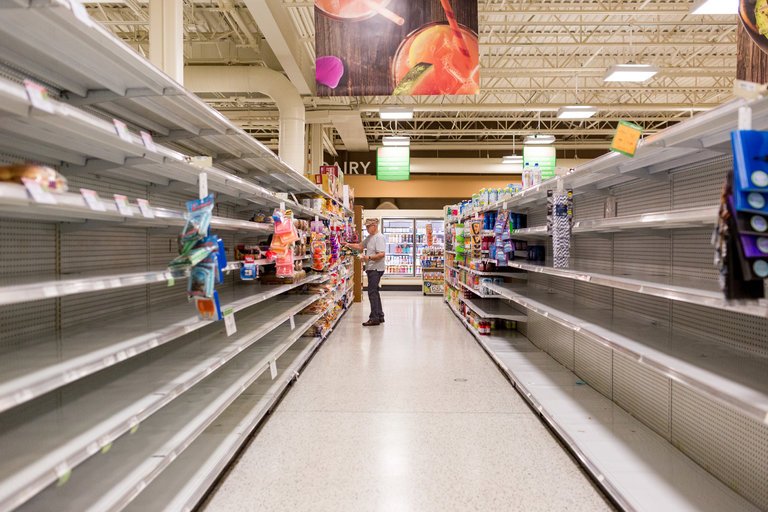Current Events
Two Short Points in Defense of Price Gouging
Over at the New York Times, Andrew Sorkin has a rather incredulous piece on hurricane price gouging. The piece mentions some of my work on the topic, as well as pieces by Michael Giberson and Tyler Cowen. It’s a fair and accurate summary of our views, but the overarching tone of the piece is basically “look at the crazy stuff these economists believe!”
I understand the negative reaction that most people have to price gouging, and to the academics who defend it. The suffering caused by disasters like Hurricanes Harvey and Irma is immense. And sometimes those of us who write about price gouging can seem insensitive to that.
Still, as unpopular and unattractive as it may be, I think the pro-gouging position is the correct one. My reasons for that conclusion are developed in some detail in my paper on the topic. But if that’s a bit too TLDR for you, here are two points that I think are essential to bear in mind for any intelligent discussion of this topic. (If these are still too long, I have a short video on the topic too.)
- Price Gouging Doesn’t Cause Scarcity; Disasters Do. In the aftermath of a natural disaster, there often aren’t enough vital resources to go around. Disasters destroy existing supplies of goods like drinkable water and electric power, and increase demand for substitutes. As a result, no matter what we do, some people’s needs are going to go unmet. In extreme cases, the results of this scarcity can be tragic. But it would be a mistake to blame unmet needs on price gouging. Disasters cause scarcity; and scarcity means that resources have to be rationed. Whether we do that by price increases, or waiting in line, or through a random lottery, some people’s needs are going to go unmet.
- The Real Question is Which Method of Rationing is Least Bad. What most people call “price gouging” is really just one way of rationing scarce resources. A more accurate description would be rationing according to willingness-to-pay. When too many people want something, and there’s not enough to go around, one way to bring supply and demand into balance is to allow prices to increase. That’s not the only way of rationing scarce resources. But it does have two advantages. First, it dissuades people who don’t really need the resource from consuming it (call that the demand problem). Second, it encourages people who have an abundance of the resource to bring it to market in order to earn the exceptionally high profit (call that the supply problem). No one is saying that price gouging is a perfect method of rationing. I certainly wouldn’t use it to ration goods among friends or neighbors who I knew well. But in the large and anonymous setting of the marketplace, where knowledge of who really needs what is limited and empathy is in short supply, rationing according to willingness-to-pay is arguably less bad than any of the alternatives at solving both the demand and the supply problems.
In short, those of us who defend price gouging want the same thing that most of us do – we want scarce resources in times of emergency to go to those who need them most. Our claim is that rationing according to willingness-to-pay does, at least in some contexts, a better job of achieving this goal than any alternative mechanism.
Not raising prices and simply allowing those who show up first to buy whatever they wish might seem like a more moral alternative. At least, no one’s going to charge you with “gouging.” But that leads to situations exactly like the one featured (though apparently not understood?) at the top of Sorkin’s article. And that’s no help to whatever desperate people might show up too late.


